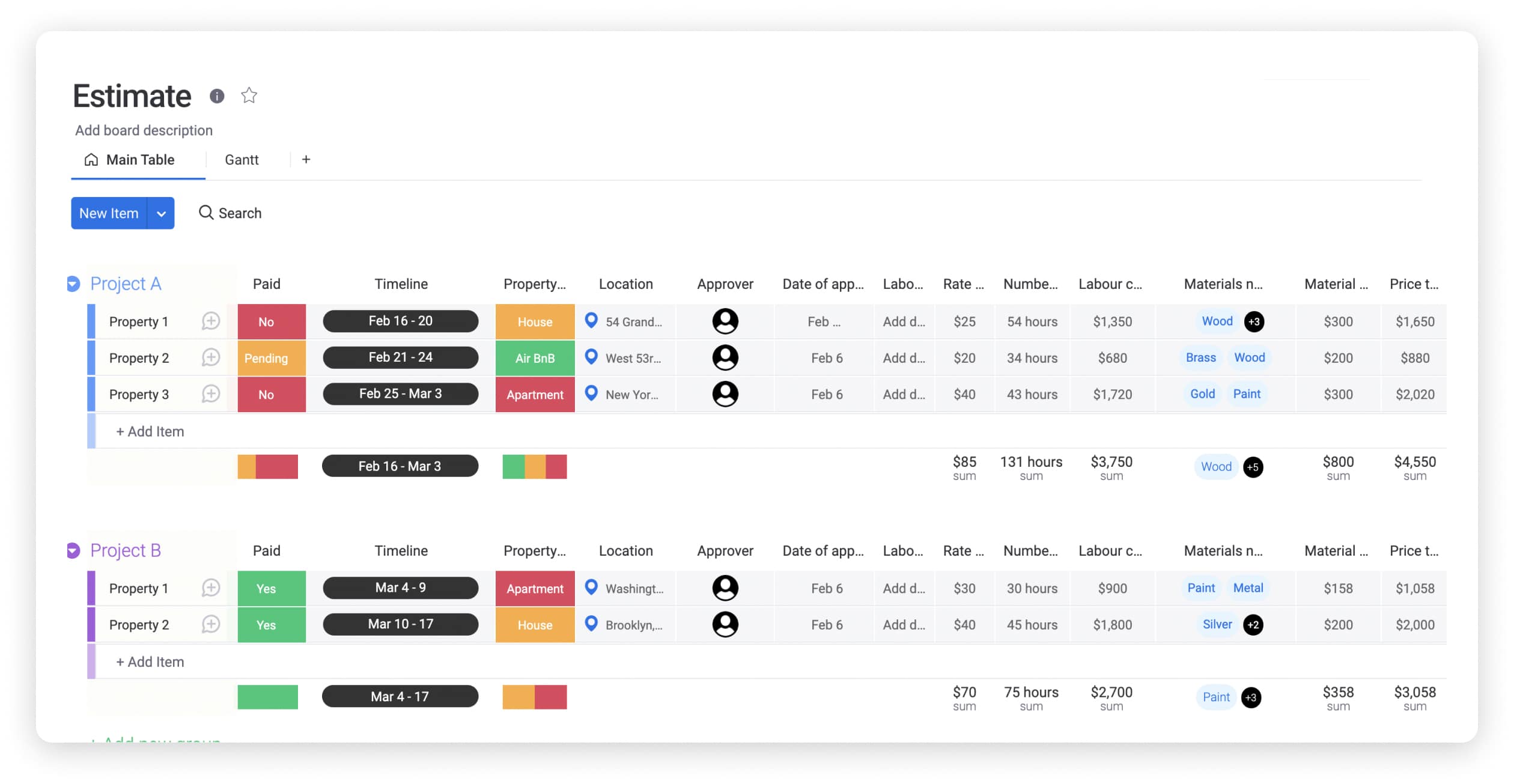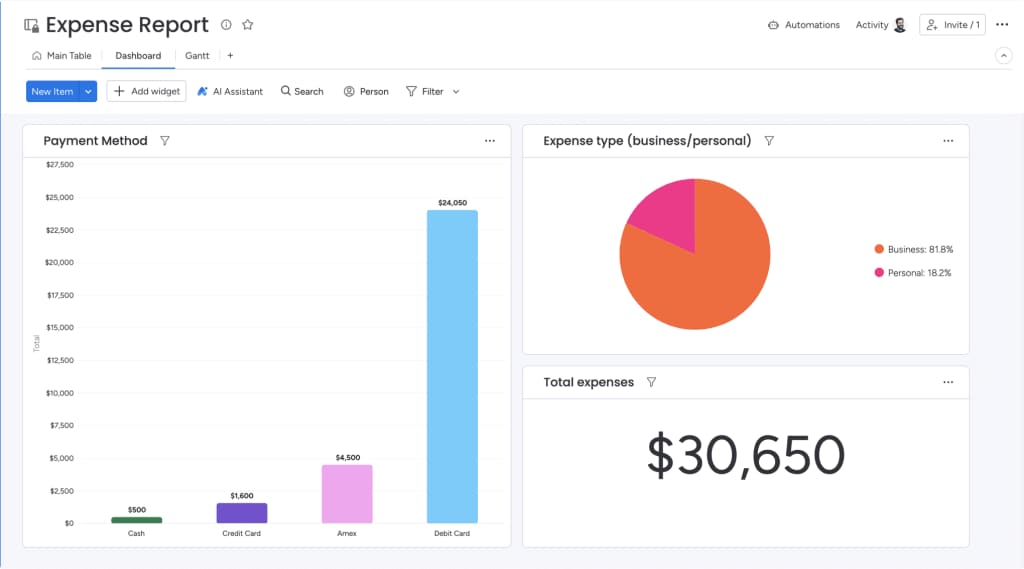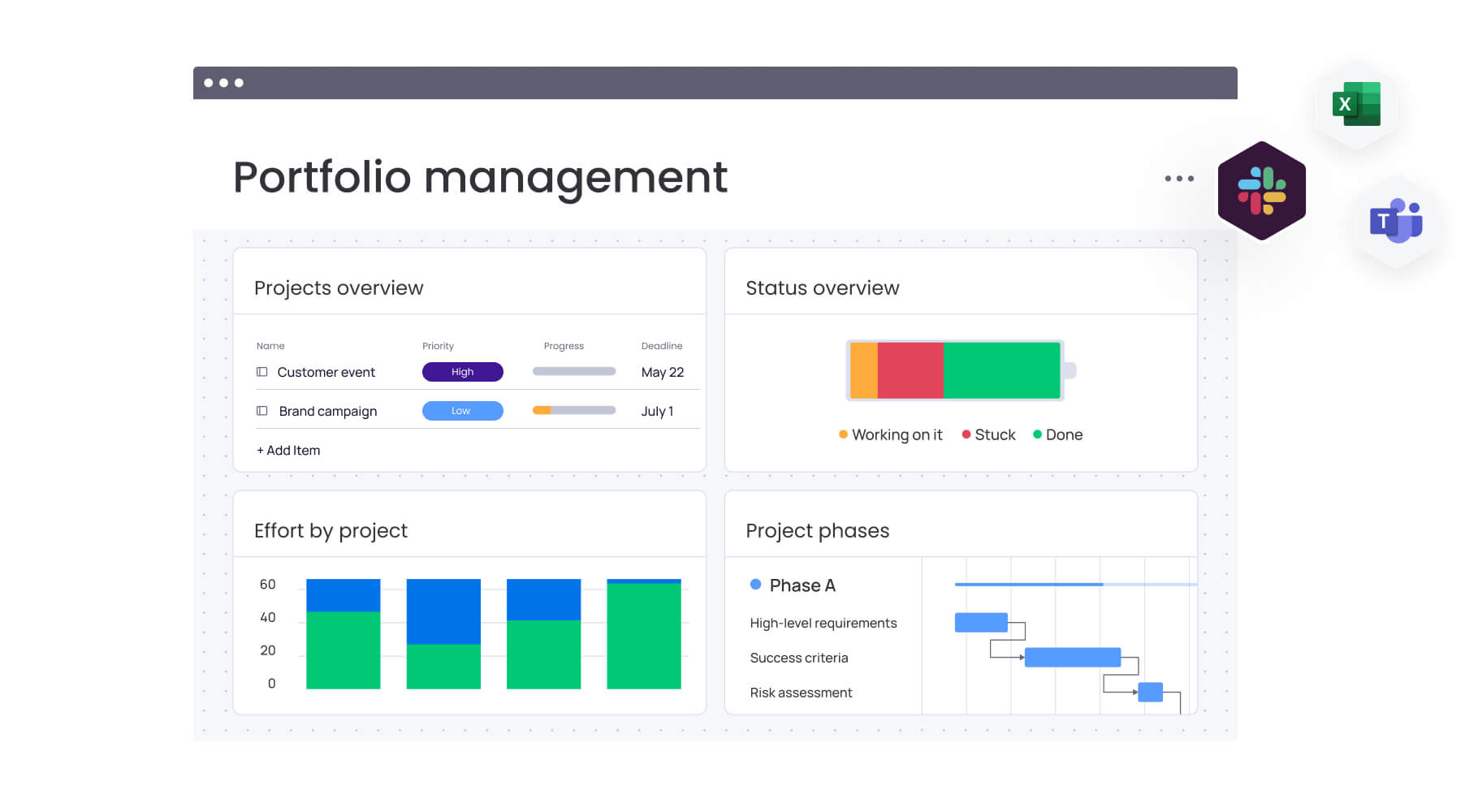Estimating a new project isn’t always straightforward. Sometimes you have a clear scope and detailed requirements, and sometimes all you have is a rough idea of what the project might look like. When you’re working with limited information, analogous estimating gives you a practical way to move forward.
The idea is simple: look at a similar project you’ve completed before and use what you learned from it to shape your early expectations. It’s a helpful way to ground an estimate in something real rather than relying on intuition alone.
Teams often use this method when they need to set a starting budget, outline a rough timeline, or compare multiple project options. It’s fast, accessible, and easy to explain to stakeholders who want to see where your numbers come from.
In the sections ahead, you’ll get a clear breakdown of how analogous estimating works, when it’s the right tool to use, and how it stacks up against other estimating techniques. You’ll also walk through a simple example and see how keeping past project data organized inside platforms like monday work management can make these early estimates far more consistent.
Key takeaways
-
Know the essence: analogous estimating uses data from a similar past project to create fast, high-level forecasts.
-
Use it early: it is most effective in the early planning phase when you need directional estimates before detailed scoping begins.
-
Choose carefully: the accuracy depends on selecting a past project that closely matches the new one in complexity, scope, and constraints.
-
Adapt with judgment: expert insight is essential for adjusting estimates to reflect differences between projects.
-
Strengthen with monday work management: storing past project data in a central workspace makes it easier to compare, analyze, and generate estimates with confidence.

What is analogous estimating?
Analogous estimating is a top-down way to predict the cost, duration, or effort of a new project by looking at a similar project you’ve completed before. Instead of breaking work into detailed tasks, you use the overall outcome of the earlier project as a reference point and adjust from there.
It’s really helpful when a project is still taking shape and you don’t have enough information to build a precise estimate. The goal isn’t perfection — it’s to give your team and stakeholders a realistic starting point rooted in actual experience rather than guesswork.
A strong analogous estimate typically considers:
-
Overall scope: how the size and goals of the new project compare to the previous one.
-
Project conditions: whether timelines, constraints, or customer expectations look similar.
-
Team structure: if the same people or skill sets are involved, which helps keep performance consistent.
-
Resource context: how budget, tools, or availability might influence the estimate.
Because the method leans on real project outcomes, it’s often more reliable than a pure gut estimate and much faster than a detailed breakdown. It gives teams early direction, helps shape discussions with stakeholders, and creates a baseline you can refine as more information becomes available.
How does analogous estimating work?
Analogous estimating works best when you follow a simple, consistent process. The aim is to choose the right past project, understand what made it successful, and adjust its numbers so they make sense for your new situation.
Here are five easy steps to follow:
1. Identify comparable past projects:
Look at your completed work and shortlist the projects that share meaningful similarities. Focus on scope, complexity, customer expectations, and the general type of work involved.
2. Gather useful historical data:
Pull the key numbers you’ll need from those past projects. This usually includes total cost, effort hours, timeline, high level scope, and any notes that explain what affected the outcome.
3. Choose the closest match:
From your shortlist, select the project that aligns most closely with what you’re planning now. The better the match, the less adjustment you’ll need to make later.
4. Create your estimate:
Use the historical project’s results as your baseline. Adjust up or down to reflect differences such as increased scope, a larger team, updated tools, or new constraints that were not part of the original project.
5. Document your reasoning:
Record which past project you used, why you chose it, and what adjustments you made. This helps you defend the estimate to stakeholders and makes future estimates easier for your team.
This process gives you a fast, structured way to build early estimates that feel grounded rather than speculative, especially when detailed requirements are still on the way.
Different examples of analogous estimating
Analogous estimating works best when you can point to real projects your team has delivered before. The idea is to compare the new project to something familiar, adjust for differences, and use that as your starting point.
Here are a few practical scenarios that show how this works in real life:
Website build example
A marketing team needs to estimate the effort for a new five-page client website. They review a similar website they completed recently and use its data as the baseline.
-
Past project: five pages, 80 hours of work, $6,000 total cost.
-
New project: same number of pages but more custom design requests.
-
Adjustment: add 10% to cost and time.
-
Resulting estimate: 88 hours and roughly $6,600.
Product design example
A design lead is scoping the next version of a product mockup package.
-
Past project: full mockup suite completed in three weeks with two designers.
-
New project: similar scope but one designer is new to the process.
-
Adjustment: extend the estimate by one additional week for ramp-up time.
-
Resulting estimate: four weeks.
Construction example
A contractor is planning a small office renovation.
-
Past project: 1,000 sq ft space completed for $45,000.
-
New project: 1,200 sq ft with nearly identical layout and materials.
-
Adjustment: increase cost proportionally based on square footage.
-
Resulting estimate: about $54,000.
Software feature example
A development team needs a rough estimate for a new feature before building a detailed breakdown.
-
Past project: similar feature took six sprints with a four-person engineering team.
-
New project: same complexity but fewer dependencies.
-
Adjustment: reduce estimate by one sprint.
-
Resulting estimate: five sprints.
Across these examples, the pattern stays the same: find the closest past project, compare the conditions, adjust for the key differences, and use that as your early forecast. It’s quick, dependable, and gives teams a shared starting point long before formal scoping begins.

When should you use analogous estimating?
Analogous estimating is most helpful when you need direction before you have all the details. It gives you a grounded starting point so you can make early decisions, shape conversations with stakeholders, and compare options without waiting for full scoping.
You’ll usually reach for this method when:
-
Project details are still forming: the scope isn’t final yet, and a rough estimate is all you need to keep planning moving.
-
You need to compare multiple ideas: early estimates help you decide which projects to fast-track, postpone, or revisit later.
-
A high-level budget is required: leadership may need a broad cost range before approving deeper exploration.
-
Timelines are uncertain: a similar past project can provide useful guardrails when deadlines are flexible or undefined.
-
You want a quick starting point: it’s a practical way to set expectations before investing time in detailed estimating methods.
The pros and cons of analogous estimating
Like any technique, it’s important to understand the potential benefits and limitations before you start. This helps you set realistic expectations and avoid any surprises down the road.
Pros of analogous estimating
- It’s quick to perform and doesn’t require many resources.
- It’s very useful when there is limited data available about the new project.
- It’s ideal for the initial stages of a project or when deciding between multiple potential projects.
Cons of analogous estimating
- It may not be as accurate as more detailed estimation methods.
- Its accuracy depends entirely on how similar the new project is to the past one.
- It relies on the assumption that variables like team productivity and resource costs will remain the same.

How analogous estimating compares to other estimating methods
Analogous estimating isn’t the only way to build an early forecast, and each method comes with a different level of accuracy, effort, and data requirements. It helps to see how it stacks up next to parametric and bottom-up estimating before choosing the right approach for your project.
The table below highlights the main differences so you can quickly compare the strengths of each method and decide which one fits your planning stage.
| Factor | Analogous estimating | Parametric estimating | Bottom-Up estimating |
|---|---|---|---|
| Accuracy | Low | Medium to high | High |
| Speed | Fast | Moderate | Slow |
| Data required | Historical data from a single similar project | Statistical data from multiple projects and unit costs | Detailed task breakdown |
| Best use case | Early project phases with limited information | Projects with repetitive tasks and reliable data | Later planning stages when scope is well-defined |
Support stronger analogous estimates with monday work management
Analogous estimating becomes far more reliable when your past project data is easy to find, compare, and reuse. monday work management brings all of this information into one organized workspace so your team can build estimates based on real performance instead of scattered files or guesswork.
Here’s how it helps at each stage of the process:
-
Find the right historical project: get everything in one place.
Use project portfolios and customizable boards to store past work in a single, searchable workspace. Filters help you quickly surface projects with similar scope, complexity, or timelines. -
Review past performance: access clear, structured data.
Dashboards and widgets like Time Tracking or Workload let you see how long work actually took, how teams were staffed, and where bottlenecks appeared. This gives you the context you need to judge whether a project is truly comparable. -
Document your estimate: create repeatable workflows.
Templates for work estimates, project intake, or scope summaries make it easy to record your inputs, adjustments, and assumptions so other team members can follow the same approach. -
Build the initial plan: turn your estimate into action.
Once your estimate is defined, you can move directly into planning. Views like Gantt, Timeline, and Kanban help you map out phases, assign owners, and visualize deadlines based on the numbers you’ve gathered. -
Refine as details emerge: update once, reflect everywhere.
Because everything lives in one workspace, you can adjust your estimate as more information becomes available. Changes automatically sync across boards, ensuring the whole team stays aligned.
By centralizing your historical data and giving you flexible planning tools, monday work management makes analogous estimating faster, more consistent, and easier to validate during early decision-making.
Frequently asked questions
What is the difference between analogous and parametric estimation?
Analogous estimation uses the overall cost or duration of a single, similar past project as a basis for the new project. Parametric estimation is more statistical, using the relationship between historical data and a specific variable (e.g., cost per square foot in construction) to calculate an estimate.
When is analogous estimation used?
Analogous estimation is most often used during the initial phases of a project when there is limited information available. It provides a quick, high-level estimate that is useful for initial budget and resource planning before all the details are known.
Is analogous estimating accurate?
The accuracy of an analogous estimate depends entirely on how similar the current project is to the past project used for comparison. The more similarities they share in scope, complexity, and resources, the more accurate the estimate will be. It is generally considered one of the less accurate methods but is very fast.
How does analogous estimating differ from bottom-up estimating?
Analogous estimating is a top-down approach that estimates the entire project based on a past one. Bottom-up estimating is the opposite; it involves estimating each individual task or work package and then adding them all up to get a total project estimate. Bottom-up is more accurate but also much more time-consuming.
What are the key inputs for an accurate analogous estimate?
The key inputs are reliable historical data from a genuinely similar past project and the application of expert judgment. The historical data should include the project's scope, cost, duration, and resources used. Expert judgment is needed to identify the most suitable past project and make necessary adjustments for any known differences.
Can analogous estimating be used in Agile project management?
Yes, it can be useful in Agile, especially for high-level, initial release planning or for estimating the effort for large features (epics) before they are broken down into smaller user stories. It provides a quick, rough estimate that aligns with Agile's principle of adapting to change rather than creating a detailed upfront plan.
- Tags:
- Project cost management

